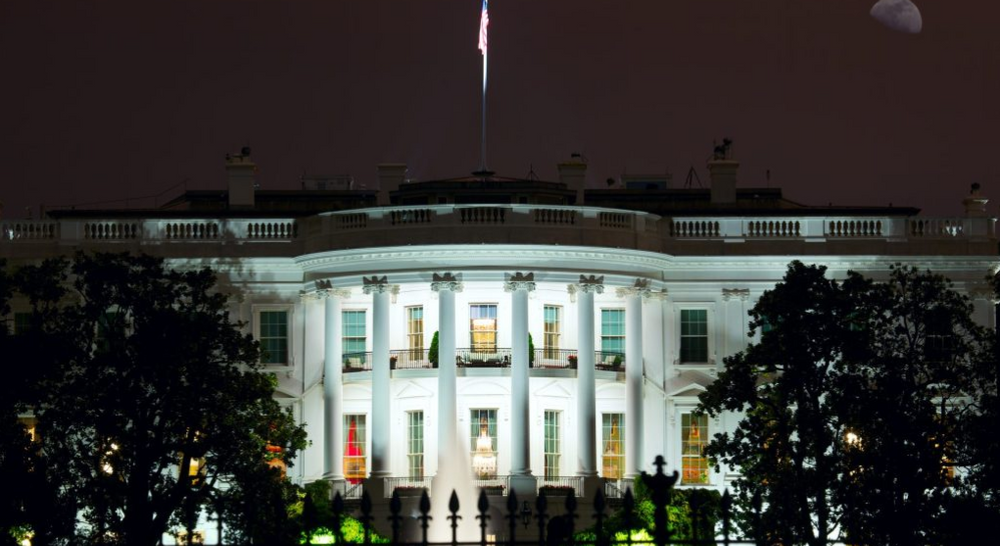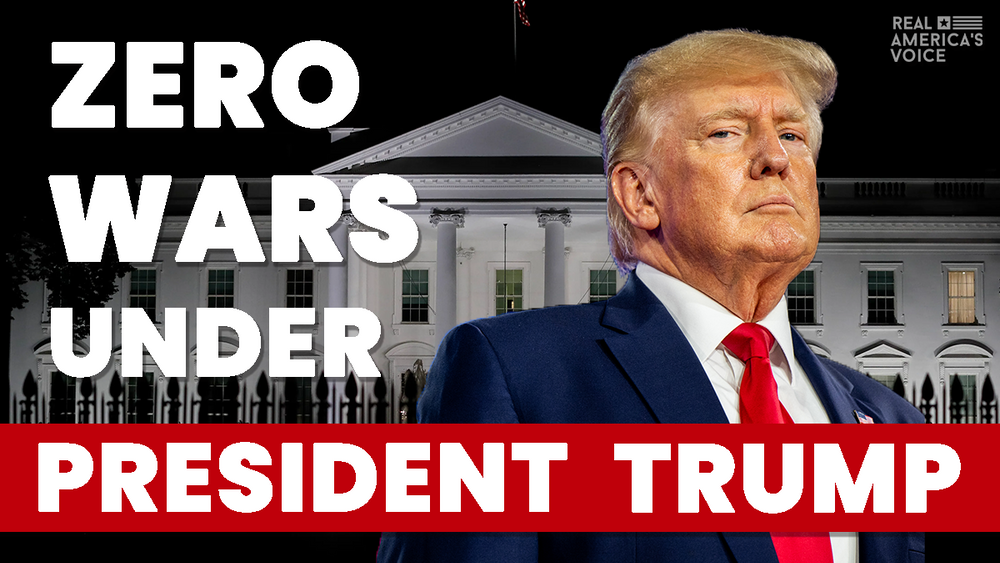
Trump Administration Officials Discuss Slashing Refugee Cap
Trump administration officials will meet next week to discuss whether to further restrict the number of refugees accepted into the U.S., according to a senior administration official.
Some administration officials believe that the cap should be smaller because of the number of asylum-seekers at the U.S.-Mexico border and other protections afforded to migrants who live in war-torn countries or those devastated by natural disasters.
Some have argued for the number to be 15,000 or fewer, according to two other administration officials. The officials were not allowed to speak publicly and spoke to the Associated Press on condition of anonymity.
Nothing has been decided. Senior leaders will meet in the Situation Room Tuesday to discuss the cap, which is set by the president and must be decided before the fiscal year begins Oct. 1. The New York Times first reported the meeting.
Cap currently 30,000
Right now, the cap is set at 30,000, and 28,501 refugees were accepted between Oct. 1, 2018, and Sept. 6. Last budget year the cap was 45,000 and 22,491 were admitted.
That’s one-quarter of the number allowed to enter two years ago and the lowest since Congress passed a law in 1980 creating the modern resettlement system.
Behind the reductions were more stringent security protocols for citizens of 11 countries designated by the administration as presenting the greatest potential threat.
The State Department acknowledged that the screening and vetting procedures have resulted in fewer refugee admissions in 2018.
Rigorous screening process
The tighter screening of refugees reflects one of Trump’s signature issues. He imposed a travel ban on people from seven majority Muslim countries as one of his first actions upon taking office in January 2017.
The Department of Homeland Security has since made it harder to enter the U.S. entirely, with more rigorous interviews and background checks.
Administration officials say refugee applicants are now subject to the strictest, most comprehensive background check process for any group seeking to come to the U.S.
Officials collect more data on refugee applicants and conduct higher-level security vetting. Officers have been given training on how to determine credibility.
Fraud detection and national security officers now come oversees with U.S. Citizenship and Immigration Services teams who are processing refugees.
Administration officials have said the U.S. remains at the forefront of helping that fleeing persecution, and they note that from the 2008 budget year to 2017.
The U.S. gave lawful permanent resident status to 1.7 million people for humanitarian reasons.
Tags
Trump Admintrump admin 2019trump admin plans on slashing refugee caprefugee caprefugee cap 2019refugee cap slashrefugee cap slash 2019refugee cap slash 9-7-19current cap is 30003k cap 2019 North Carolina Special Election Could Hint at Trump’s Re-Election ProspectsNext PostUS House Panel to Vote on Parameters for Trump Impeachment Probe
North Carolina Special Election Could Hint at Trump’s Re-Election ProspectsNext PostUS House Panel to Vote on Parameters for Trump Impeachment Probe







